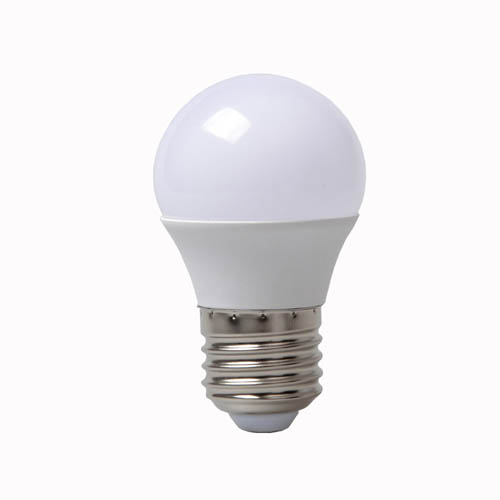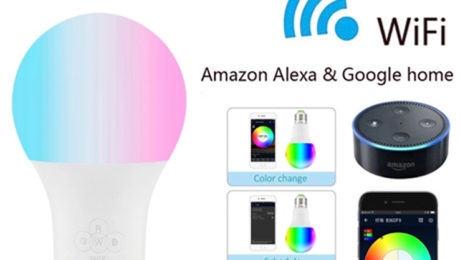How to Choose the Best LED Light Bulb
 Every room in your home is different.
Every room in your home is different.
You likely have heard that sunlight gives us energy, but did you know that light bulbs work in a similar way? Bulbs that emit blue light waves produce serotonin, which makes us focused, awake, and alert. Bulbs that don’t emit blue light waves allow for our brain to produce melatonin, which makes us relaxed, drowsy, and ready for a good nights sleep.
1.Lower temperature bulbs produce warm-whites, similar to a fire, while medium temperature bulbs produce neutral-whites, and higher temperature bulbs produce cool-whites or mimic daylight.
2.It is also a common misconception that the brightness of a light bulb is measured in Watts. Watts actually measure energy usage, while Lumens measure brightness.
LED Lighting for Bedroom Use
In our bedrooms, most of us want the atmosphere to be relaxed, calm, and peaceful. Avoiding blue light waves in the bedroom will keep your circadian rhythm from confusing the light in your bedroom with the natural light outside. This allows your brain to produce the melatonin needed for a comfortable sleep. Are you a nighttime reader? If you have a bedside reading lamp or plan on buying one, soft blue or neutral tones are better for reading specific fixtures, since the cool-white color creates a high contrast with the page.
Suggested Total Brightness Level – 1,500 to 4,000 Lumens
Suggested Color Temperature: 2700-3000K
LED Lighting for Home Office Use
When lighting a home office, we want to make sure that the lights are maximizing our ability to be productive in the space provided. Putting cool-white lights in the office that mimic daylight will increase serotonin production keeping you focused, alert, and energized. Make sure to choose a place that won’t create unwanted glares on your computer screen. You may also want to consider LED Desk Lamps which offer great task lighting and the ability to switch color temperature on demand.
Suggested Total Brightness Level – 3,000 to 6,000 Lumens
Suggested Color Temperature: 3000-6500K
LED Lighting for Bathroom Use
LED Light Bulbs for Bathroom Use Before we go to school or work, most of us get ready by looking in the bathroom mirror. Ideally, we want the lighting to come from around the mirror rather than on the ceiling. Using bright lights will ensure we don’t miss a spot shaving or mess up our makeup. Since many of us start the day with a shower, putting a high output surface mount retrofit fixture in the shower fixture is a great way to start waking up before tackling the day ahead. Use larger globe style bulbs to illuminate common fixtures places above and or around the mirror.
Suggested Total Brightness Level – 4,000 to 8,000 Lumens
Suggested Color Temperature: 3000-6000K
LED Lighting for Dining Room Use
LED Lighting for Dining Room Use When eating a nice meal with the family or guests, we don’t want the lighting to be overly bright and obnoxious, and we certainly don’t want it to be so dim that we’re dozing off. Whether it’s an afternoon brunch or a late dinner, a dimmable overhead fixtures allow for that perfect brightness at any time of day. We recommend soft to neutral tones for the dining room that create the perfect ambiance. Also, consider LED bulbs for chandelier fixtures that are commonly used in a dining room, LED chandelier bulbs now offer beautiful color and light output.
Suggested Total Brightness Level – 3,000 to 6,000 Lumens
Suggested Color Temperature: 2200-3000K”
- Published in Blog

